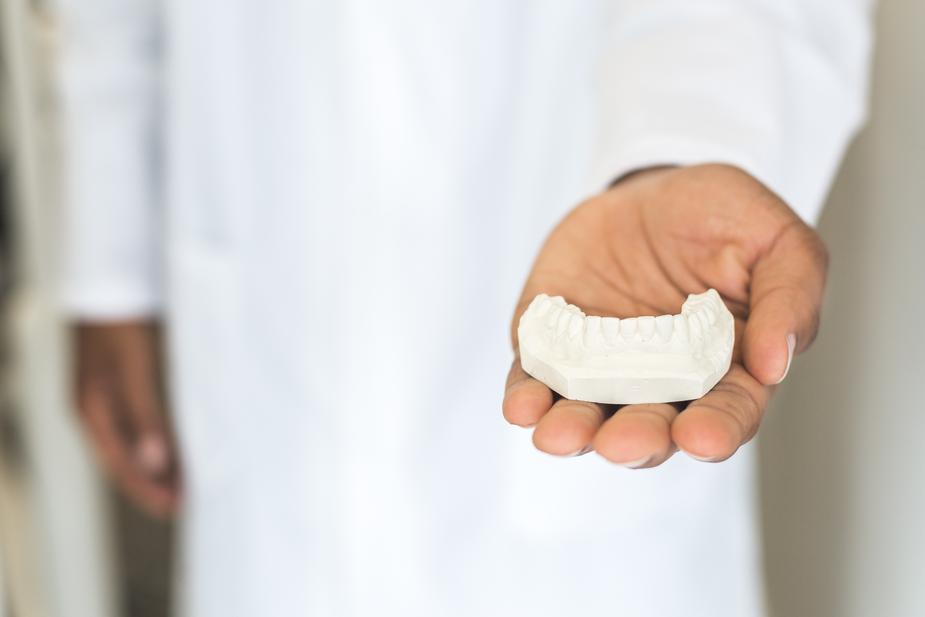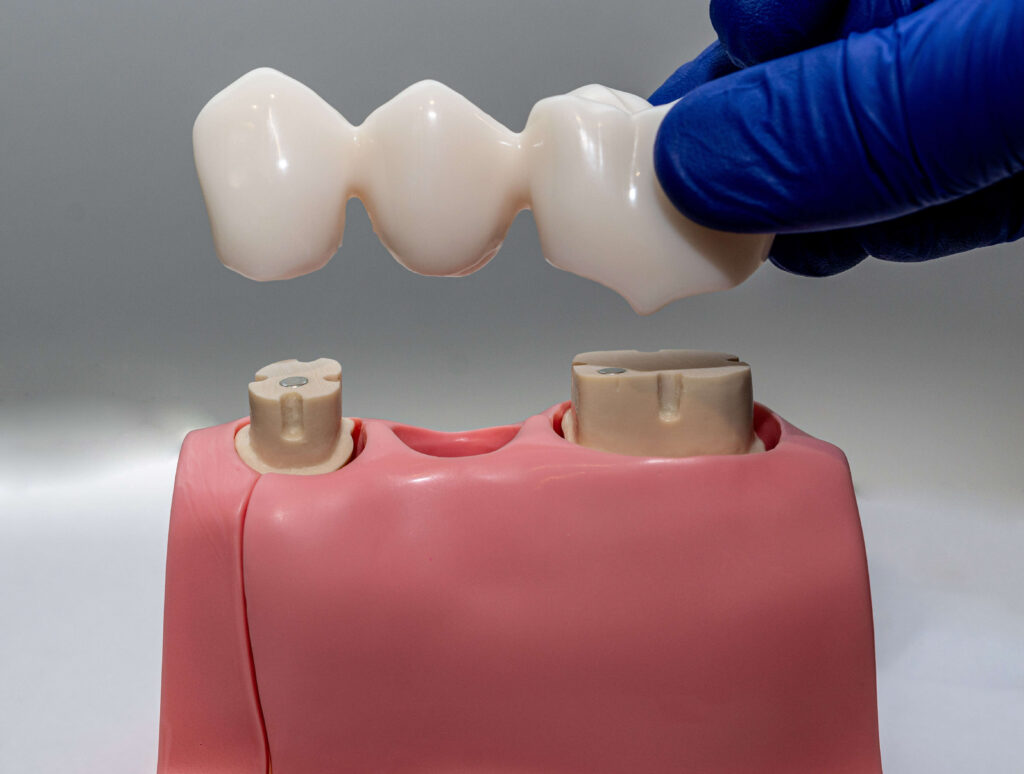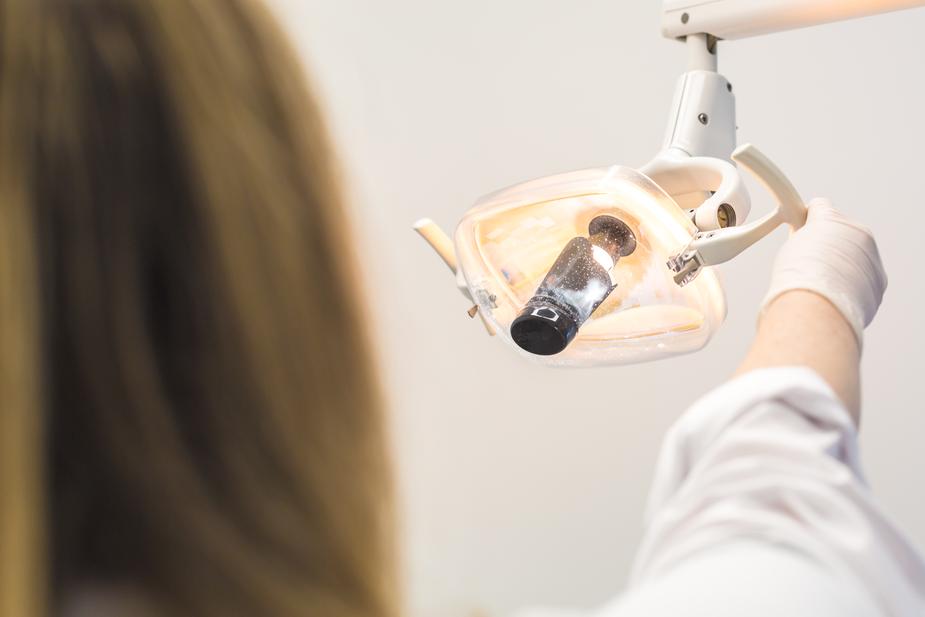What is a dental bridge?
Dental bridges consists of one or more fake teeth, held together with crowns in between two abutment teeth. Bridges will require the removal of some of the teeth that are beside the missing tooth. This is because the abutment teeth are basically dental caps that fit onto the top of the teeth and are then cemented in place.Dental Crown Fast Facts
- Dental bridges can be traced as far back as 4,000 years ago in China!
- The Egyptians used gold and silver wire to hold teeth in place.
- Dental bridges can last as long as 30 years or more!
Missing teeth are a common setback even among healthy individuals. If you’re an active person who plays sports like hockey, football, or rugby, you probably know at least one person who had a tooth knocked out. If you have a missing tooth, you should consider getting a bridge, as missing teeth can come with complications of their own.
Who needs a dental bridge?

Reasons you may need a dental bridge
A missing tooth/or teeth is just one of the main reasons why you would need a dental bridge, there are a few other reasons one may be needed:
- Biting issues – Your teeth may be naturally misaligned.
- Chewing difficulties – Your teeth might not fit together properly, or they might have been injured which would cause issues.
- Cosmetic changes – If you don’t like the look of certain teeth, a bridge may be an option.

What Is A Dental Bridge Made Of?
A dental bridge will have 3 main parts:
- Pontic teeth – These are the fake teeth held together by the abutment teeth. Pontics aren’t secured to the gum, they are there as fillers for the gap.
- Abutment teeth – These are the teeth that will be secured to the healthy teeth on either side of the gap. They hold the pontic teeth in place.
- Crowns – The pontic and abutment teeth are generally held together with crowns.

What Are The Different Types Of Dental Bridges?
Traditional Bridges
The traditional dental bridges use a crown that is directly planted to the missing area. They are the most common type of implant that is used by dentists. The crowns used in the procedure are made of ceramic or porcelain.
Cantilever Bridge
These types of bridges are used when there is an adjacent tooth available next to the missing teeth. They are not in use anymore and are not recommended by dentists. They require too much force in the installation of the crown and may damage the other teeth.
Bonded Bridges
These bridges are made from porcelain and the gums are supported by a metal framework. They provide additional support to the teeth and are bonded by the next existing tooth.
What can I use instead of a bridge?
partial dentures
As the name suggests, these are dentures that only cover part of the mouth. The partial dentures can be custom-fit to your teeth so they cover the gap and perfectly fit your teeth, just remember to clean them when you take them out.
Dental implants
Implants require more preparation, surgery, and recovery time. The upside to implants is fairly obvious though. Since they are secured directly into the gums the appliance is permanent and long-lasting. The downside is, implants will generally require multiple visits, as well as some more attention to the appliance so you get your full value from it.
Are dental bridges common?

What happens during a Dental Bridge Procedure?
Dental bridges almost always require two or more appointments to be completed:
- Abutment preparation – The abutment teeth will need to be shaped to fit the bridge.
- Impressions – These impressions will be physical, or digital scans of your teeth. These will be used to create the bridge, a temporary bridge will be provided in the meantime.
- Placing the bridge – Once everything is ready, the bridge will be placed and bonded to the teeth so it becomes permanent.
What are the benefits of the dental bridge?
- Improve your bite
- Prevent movement in remaining teeth
- Restore/improve the ability to chew & speak
- Restore/improve your smile
Complications of dental bridges

Are there dental bridge follow-up appointments?
Frequently Asked Questions
That will depend on a number of factors, like insurance coverage, number of missing teeth, the difficulty of the procedure.
Bridges are generally very strong as they are meant to replace the original teeth and restore them to their function. Taking it easy on your bridge would be advisable though.
Bridges are meant to make it easier to chew as you will have less complication when doing so.
